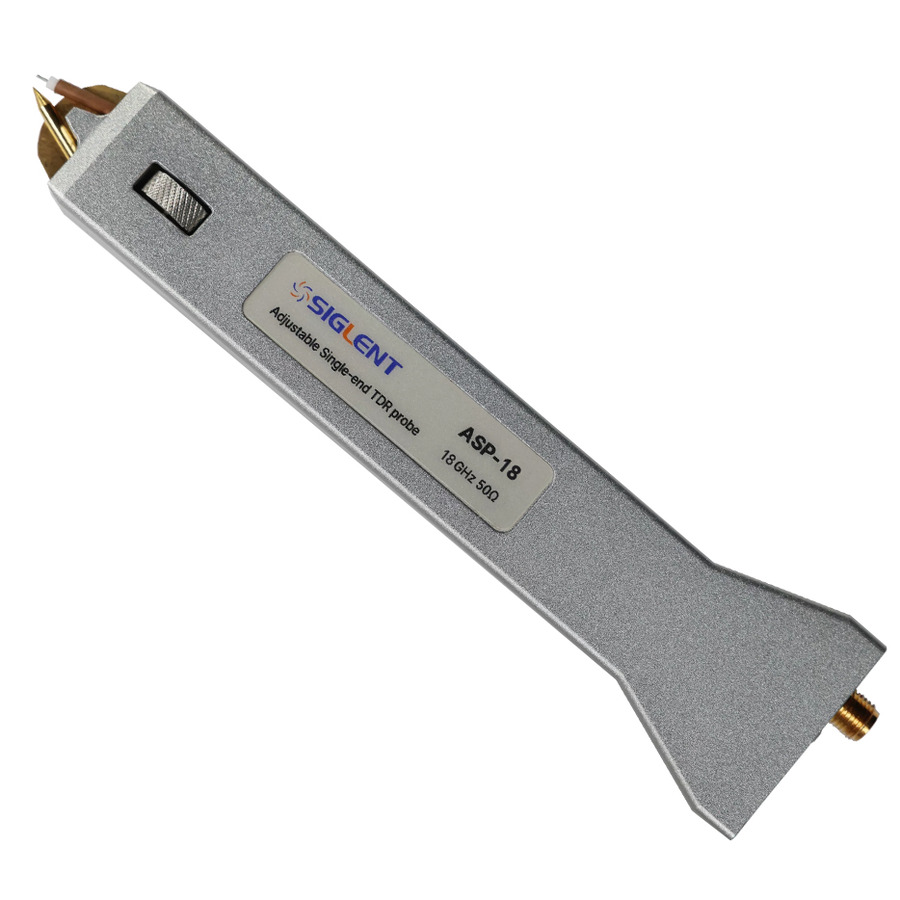No products in the cart.
Siglent ASP-18: Precision TDR Probe for High-Speed Signal Analysis
$805,00
Siglent ASP-18 Adjustable TDR Probe: 18 GHz, 50 Ohm, Single-Ended, ASP Series
Features and Specifications: Siglent ASP-18 Adjustable TDR Probe, 18 GHz, 50 OHM, Single-Ended, ASP Series
Product Overview:
The Siglent ASP-18 is an adjustable TDR probe designed for high-speed signal integrity measurements. With a bandwidth of 18 GHz and a characteristic impedance of 50 ohms, it provides accurate and reliable measurements of transmission lines, connectors, and other high-speed components.
Features:
Adjustable tip position for precise measurements
Wide bandwidth of 18 GHz for high-speed signal analysis
50 ohm characteristic impedance for accurate impedance matching
Single-ended configuration for easy connection to test points
Compact and lightweight design for portability
Specifications:
Bandwidth: 18 GHz
Characteristic Impedance: 50 ohms
Rise Time: <10 ps
Maximum Input Voltage: 2 V
Operating Temperature: 0°C to 40°C
Storage Temperature: -20°C to 60°C
What’s in the Box:
Siglent ASP-18 Adjustable TDR Probe
Calibration Certificate
User Manual
Benefits:
Accurate and Reliable Measurements: The ASP-18’s high bandwidth and adjustable tip position ensure accurate and reliable measurements of high-speed signals.
Versatile Applications: The probe is suitable for a wide range of applications, including signal integrity analysis, impedance matching, and component characterization.
Easy to Use: The single-ended configuration and compact design make the ASP-18 easy to connect and use.
Value for Customers: The Siglent ASP-18 provides exceptional value by combining high performance, versatility, and ease of use at an affordable price.
Additional information
| Brand | Siglent |
|---|




Reviews
There are no reviews yet.